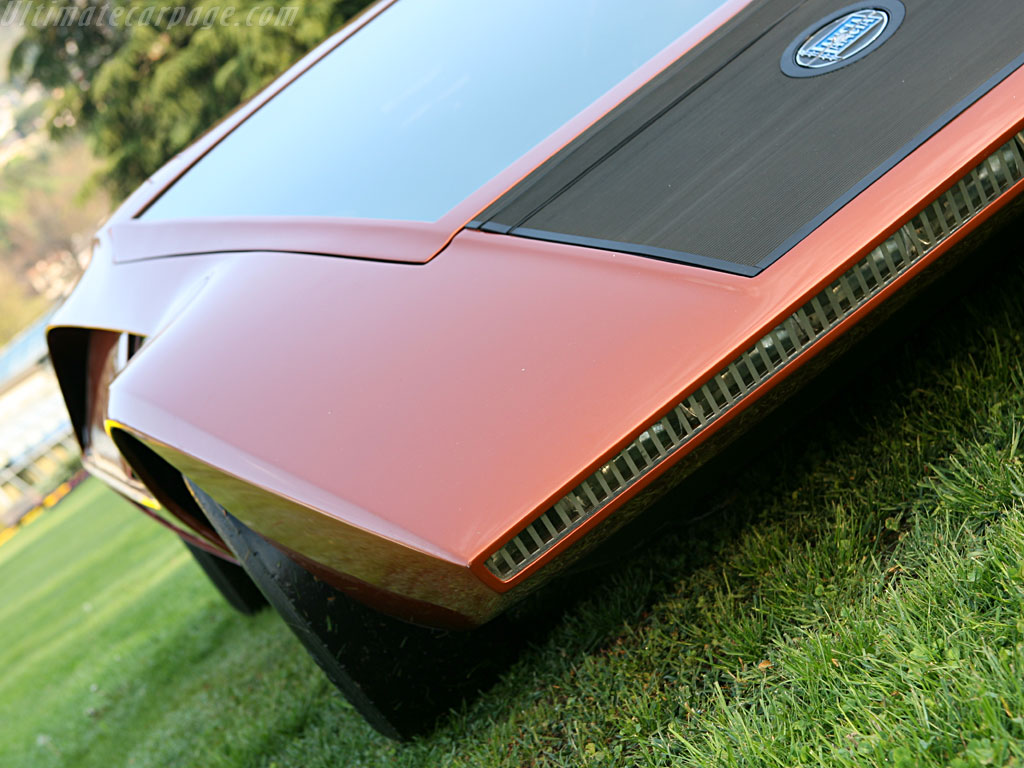* Omega
o Entirely new front fascia with a bolder, squarer appearance and new lower outboard inserts
o New larger grille, with a bright chrome detail surround and new hexagonal mesh inner
o Revised headlamp shape with new lens and bright bezel
o Decklid with integrated aero lip detailing
o New IP centre stack with 6.5-inch full colour touch screen
o New centre console surround
o New full width decorative appliqué
o New HVAC controls
* Berlina - Builds on Omega features with
o New grille with prominent bright chrome crossbar
o New unique fog lamp surrounds
o New 17-inch, ten-spoke machine-faced alloy wheels
o New interior trim with woven fabric seat inserts and Sportec bolsters
* Calais - Builds on Berlina features with
o New front fascia and unique grille with prominent chrome header (attached to engine hood)
o New larger grille has full chrome surround, hexagonal mesh inner
o Lower fascia has full width bright detail
o Revised shape projector headlamps feature new black and bright bezel
o Full length bright chrome moulding on lower doors
o New 18-inch ten-spoke machined alloy wheels
* Calais V-Series - Builds on Calais features with
o New bigger 19-inch twin five spoke machined alloy wheels
* Commodore SV6 and SS
o Exclusive sports front fascia, set apart by a new, larger grille
o Bolder, more muscular look accentuated by aggressive lower air intake
o Revised headlamp shape with new black bezel detail
o Integrated aero decklid lip detailing complements sports rear spoiler
o New 18-inch twin five-spoke machined alloy wheels
o New SS-style sports front seats for SV6 with deep bolsters and body-hugging contours
o High-mounted circular interior air vents.
o New sports centre stack with 6.5-inch full colour touch screen
o New sports IP decorative appliqué
o New 'white on Razor Grey' instrument cluster illumination for improved readability on SV6
o New 'white on red' instrument cluster illumination for improved readability on SS
o Gloss black instrument cluster surround
o Razor grey finish 'wrap-around' linear treatment on lower IP. Extends from IP into the door handle surround and through the console
* Commodore SS V-Series - Builds on SV6 and SS features with
o Revised shape projector headlamps feature new black and bright bezel (same as Calais)
o New twin five-spoke 19-inch machined alloy wheels
o Red finish 'wrap-around' linear treatment on lower IP. Extends from the IP into door handle surround and through the console.
The VE Series II colour palette features 12 choices, including four new colours.
New colours are:
* Alto Grey - new mid-toned grey with silver highlights
* Hazard - head turning bright solid yellow
* Mirage Glow - a light, soft and luxurious beige
* Sizzle - bright metallic red
Carryover colors include:
* Heron - solid white
* Karma - an architectural blue with metallic highlights
* Nitrate - a classic silver metallic
* Phantom - metallic black with silver highlights
* Poison Ivy - a sports green metallic with blue highlights
* Red Hot - highly chromatic solid red
* Voodoo - solid electric sports blue
* Wildfire - metallic sports orange
Redline Edition
Holden has put more performance polish on its sports luxury V-Series badge with the launch of five stand-out Redline Editions.
The Redline Edition Calais V-Series and SS V-Series sedan, Sportwagon and Ute will take up top positions in Holden's updated VE Series II range, to be launched later this month.
Intended for enthusiast drivers, Redline Edition models offer high-level braking and sports handling capabilities to match their powerful 6.0-litre V8 credentials.
Advanced chassis dynamics come courtesy of specialist Holden engineers, who developed a track-inspired FE3 super sports suspension set-up to complement the extra stopping power of four-piston Brembo high performance front brakes.
The Redline Edition range is further distinguished by exclusive forged and polished 19-inch alloy wheels, matched to low profile tyres.
Holden also raises the bar with the inclusion of full colour mapping satellite navigation and a rear camera as standard equipment in V-Series models, which feature the new multimedia touch screen Holden-iQ system and smart interior treatments.
All Redline Editions are compatible with bio-ethanol, also known as E85, an emission-reducing 'fuel of the future' that already powers V8 Supercars.
Redline Edition features include
Brembo high-performance brakes - Front brakes feature four-piston, two-piece aluminium front callipers and 355mm rotors, pillar-vented for improved cooling and durability.
Forged alloy wheels - High-strength ten-spoke 19-inch forged alloy wheels are exclusive to V-Series Redline Editions. Ultra high-performance low profile tyres provide outstanding grip and handling in wet and dry conditions.
FE3 Super Sports Performance Suspension - A true driver's car set-up. High-performance tuned dampers and stiffer stabiliser bars provide excellent road connection and control. (SS-V Series Redline Edition sedan and Calais V-Series Redline Edition sedan.)
Chrome window surround (Sedan only)
Inflator kit - A tyre inflator kit is mandatory fitment on the SS-V Series Redline Ute.
Pricing - $2500 on top of standard vehicle RRP
 |
| 2011 Holden VE II Commodore SSV |
 |
| 2011 Holden VE II Commodore SSV |
 |
| 2011 Holden VE II Commodore SSV |
 |
| 2011 Holden VE II Commodore SSV |
 |
| 2011 Holden VE II Commodore SSV |













